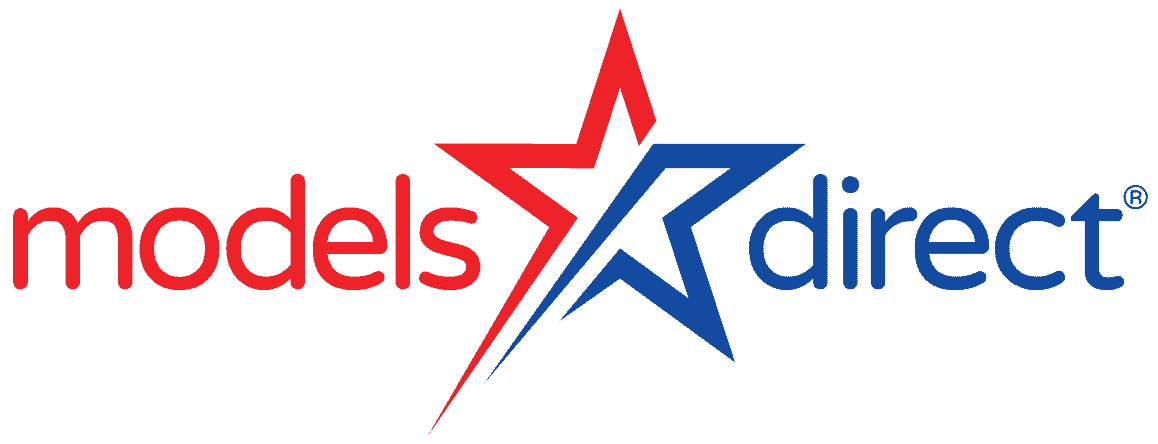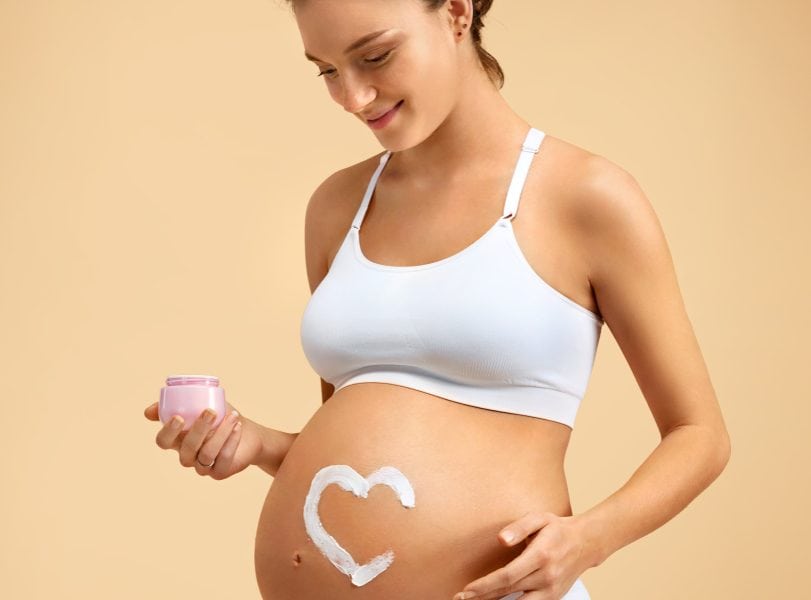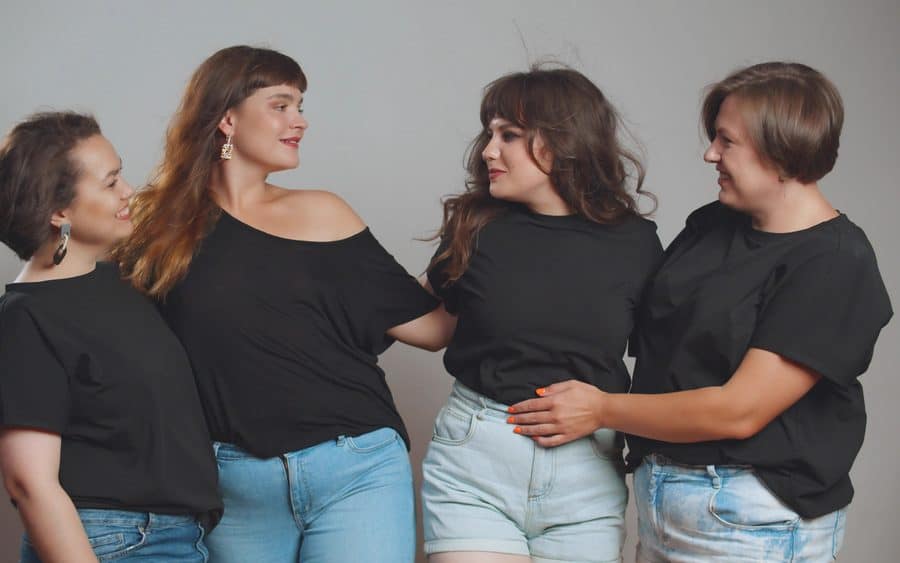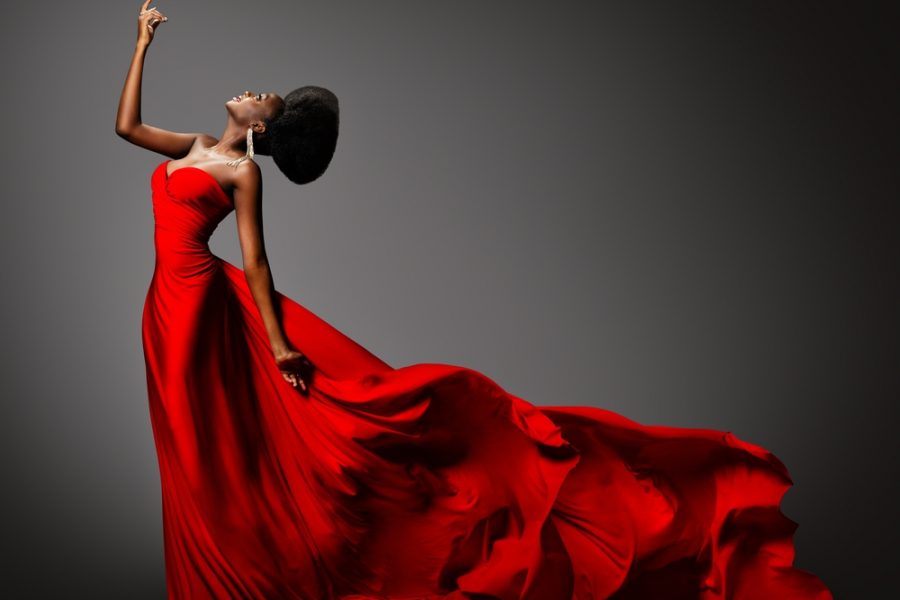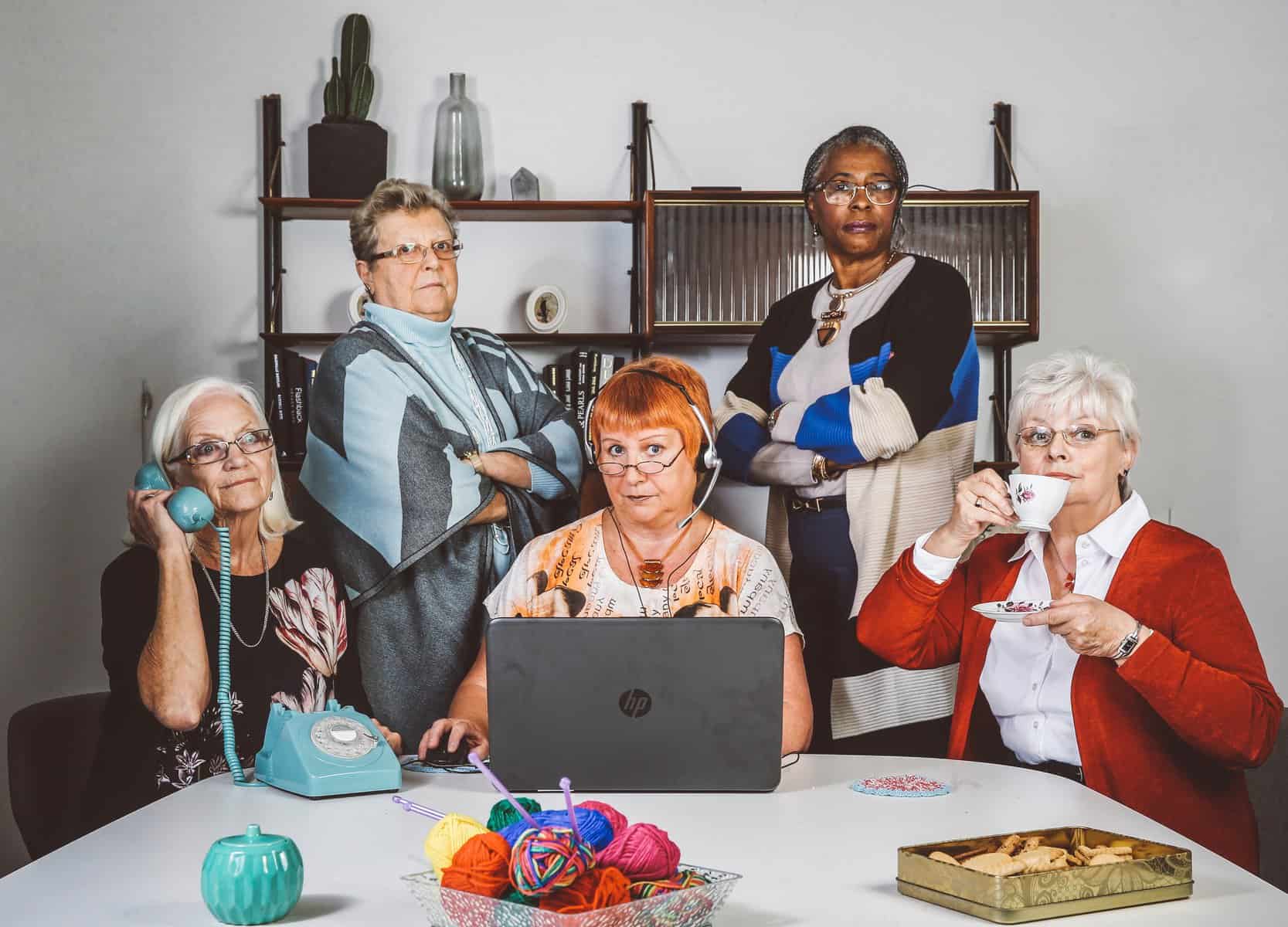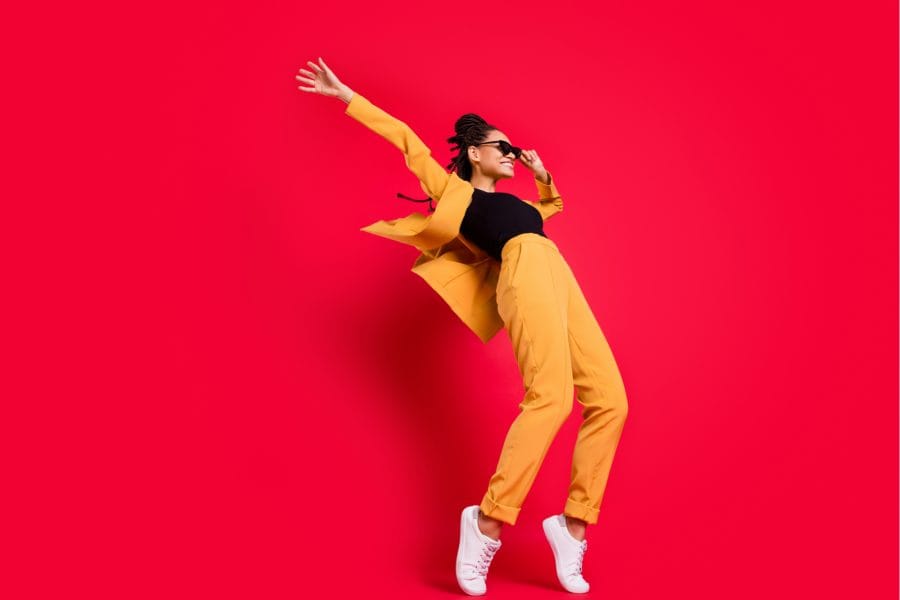A few years ago, the subject of diversity cropped up several times in the media. It was long overdue, for sure. Although it was well-received, we had to ask ourselves if more could be done to bring diversity into the spotlight. After all, we are all different, and no one should be ignored. Simply put, diversity should be regarded in the same way as any other genre of modelling.
Fortunately, diversity in commercial modelling has been on the increase. Companies now respect that models shouldn’t be packed into convenient categories, pigeon-holed in cute stereotypes. Take a model who is six feet in height without heels, has tanned skin and golden hair. Great! There is a need for this type of model in the industry – no question – and they should be encouraged to keep doing what they do best (we should know – we’ve placed many in top jobs for years). But the industry has shifted somewhat, and the need for diversity is perhaps two-fold:
1. To banish bias and prejudice, thus promoting tolerance and open-mindedness. Basically – for humane and moral reasons.
2. Marketing departments of companies (whether global, national or local) understand the importance of diversity, if only for profits. Without criticising companies for merely thinking about money (they all don’t, even though profits make or break them!), they’d be losing out if their products aren’t targeted to everyone. If there’s a need for merchandise for every type of consumer, companies don’t want to miss out on selling the products – that’s business, folks! Are CEOs forced to promote diversity? Probably not. It’s just unwise for a large business to ignore diversity. And that’s where commercial models come into a league of their own. Who better than diversity models to promote anything related to diversity?
Which brings us to posing the question: what are diversity models? It’s really quite simple! Models of diversity represent the breakdown of universally-perceived “normal” social barriers, thus including everyone from whole communities and demographics – regardless of sexual orientation, gender, ethnic backgrounds, religious beliefs, looks, size or disabilities. Everyone is different, so everyone should be included. Indeed, everyone has a unique set of talents, and these should be broadcasted to help achieve unreserved equality.
Commercial modelling is perhaps the genre where diversity has the most influence, because it is arguably seen by the most people. Every single person is a potential customer, so companies would be foolish not to tap into the diversity ethos.
Feedback from Holly’s assignment (pictured above):
“Holly really enjoyed her day having her photograph taken. She was made to feel the centre of attention which she loved, so would definitely like to do this sort of thing again.
Holly had to pose as a customer with her ‘mum’ and visit a car showroom to choose a new car. She enjoyed sitting in the car and pretending to drive. The day has boosted Holly’s confidence, as she just loves making people smile.
We’d definitely recommend doing this to anyone who asked, but you must be confident. This is the first role Holly has had with Models Direct, and we hope it is the first of many more. This is something which holly could potentially consider as a career when she is older, if she decides to continue.” – Holly’s Parent
Click the link to hear how model Clare got on on her first modelling assignment: https://www.modelsdirect.org.uk/models-direct-supports-diversity/
Regarding advertising, diversity models can be utilised in various campaigns, and not just confined to fashion shoots. An example is our disabled model, Gary, who appeared in Kwik Fit’s short film promoting their “worry-free packages”, replacing wear-and-tear car parts, including tyres. As the UK’s leading fast-fit supplier of tyres, Kwik Fit saw the benefit of featuring Gary (who has a prosthetic leg) to illustrate how partial mobility shouldn’t be an obstacle. After filming, Gary stated, “As ever the day went very well and was quite seamless despite the very early start! The crew were very well organised and very welcoming, and it was once again a great insight into just how much effort and planning goes into such a short presentation“.
The final short film can be viewed by clicking on the link: https://www.weareiris.co.uk/kwikfit
Whether you’re a wheelchair user or living with a neurological / genetic disorder and you fancy modelling, we’d love to hear from you. Models from all backgrounds should get in touch with us, and together we can continue our mission to promote diversity to the masses! Join us by clicking here.
